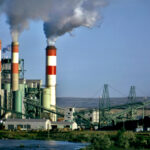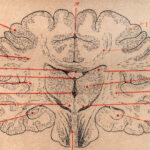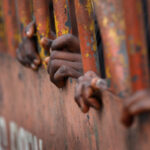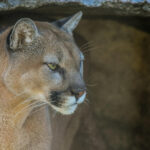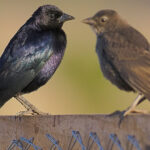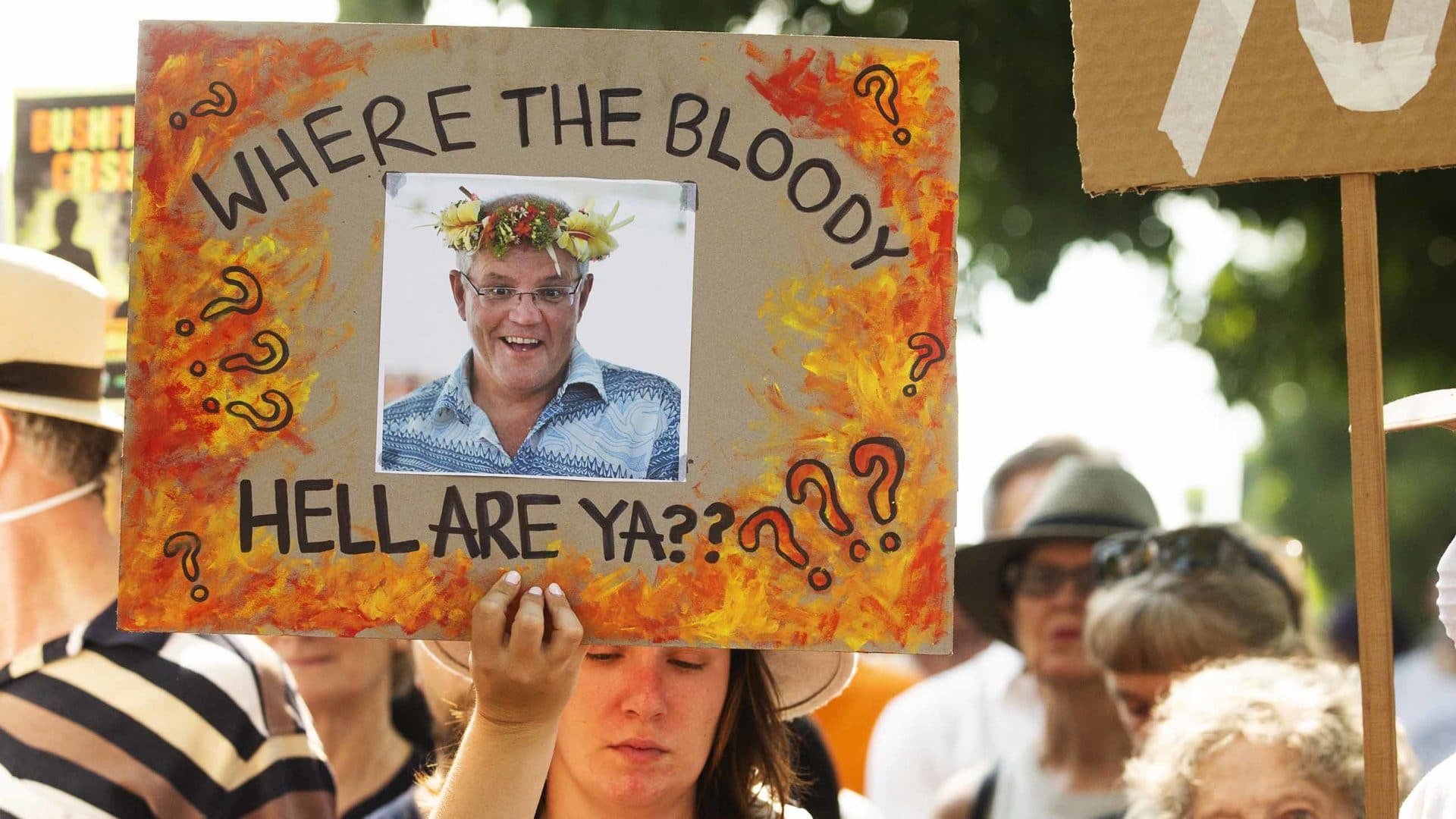In February 2017, Scott Morrison, then the treasurer of Australia, brought a cantaloupe-sized chunk of coal to the country’s parliament. After waving the coal around for a moment and invoking the miners who live and work in Australia’s Hunter Valley, Morrison told the assembled lawmakers that coal, which is the country’s most valuable export, was critical for the economy, decrying people with “an ideological, pathological fear of coal.”
Now, three years later, Morrison is the prime minister of Australia — and the Hunter Valley is in the middle of devastating wildfires.
Over the past several weeks, amid prolonged drought and record-setting heat waves that saw temperatures in some towns top 118 degrees Fahrenheit, fires have burned more than 20 million acres, mostly in southeast Australia, covering an area larger than the state of South Carolina. More than one billion mammals, birds, and reptiles, according to one estimate, have been killed, and at least 25 people have died.
As an international corps of firefighters struggle to put out the blazes, scientists have been called upon to analyze the role that climate change may have played in the devastation. The question is not simply one of data, but also of politics: It may shape the political fortunates of Morrison, who, along with boosting Australia’s coal industry, has offered what many Australians consider to be a tepid response to the climate crisis.
The resulting debate is one that, in its basic details, is coming to feel familiar after natural disasters — and one that is likely to become only more common, and more charged, in the years ahead. On one side, many Australians have pointed out that Morrison’s policies have done little to address climate change — despite clear evidence that climate change is bringing hotter, drier summers to Australia, producing the ideal conditions for larger, more deadly fires.
In response, outlets owned by Rupert Murdoch’s News Corp, a major player in the Australian media scene, have stressed that bush fires in Australia are an annual event, and they have focused coverage on the role that arsonists and other proximate causes have played in starting the fires, while saying little about how climate change has drastically altered the baseline conditions for all fires — no matter how they start.
Morrison, even while acknowledging that climate change affects weather patterns, has also sought to focus on the particulars of the blaze. “You cannot link any individual single emissions reduction policy of a country, whether it’s Australia or anyone else, to any specific fire event,” the prime minister said this week. “I mean, that’s just absurd.”
It’s unclear how many Australians find that argument convincing. Fire conditions are expected to worsen again this weekend in parts of the country as hotter, windier weather returns. This week, images circulated of a mural in Melbourne that depicts Morrison’s face encircled by sheets of bright orange flame. The prime minister is shown offering a bland assurance: “This is fine.”
Also in the news:
• Just under a month after residents of the Chinese city of Wuhan began to fall ill with mysterious pnuemonia-like symptoms, Chinese scientists say they’ve identified the culprit as a type of coronavirus, a large family of viruses that cause illnesses ranging from the common cold to severe acute respiratory syndrome (SARS). Since December 12, the mystery illness has sickened 59 people, seven critically, according to the Wuhan Municipal Health Authority. Traced to a food market selling live fish and exotic animals, the outbreak stoked fears of a repeat of the SARS outbreak that killed nearly 800 people — and sickened thousands more — in 2002 and 2003. The newly identified virus, however, appears to pose much less of a threat: Wuhan authorities say it likely doesn’t spread easily between humans, and it has yet to cause any deaths. Nearly two weeks have passed since the last reported case was contracted on December 29. Although health officials are on alert for patients with pneumonia-like symptoms traveling from Wuhan, the World Health Organization is not currently recommending any precautionary restrictions on trade or travel to the area. (STAT, The New York Times)
• Little is known about the genetic basis of anxiety, a mental health disorder that affects as many as 10 percent of people in the United States each year. Now, a genome-wide analysis of data from more than 200,000 military veterans published this week offers some clues about specific genes that may be linked to the condition. Described as the largest study of its kind to date, the research drew on health and genetic data provided by the Million Veteran Program, a national research program focused on understanding how military exposure impacts health. The results, published in the American Journal of Psychiatry, identify six genetic variants linked to anxiety. The stakes for research in this area are high: In the U.S., the prevalence of anxiety and depressive disorders is a growing public health concern, driving as much as $90 billion in personal health spending each year. (CNN)
• More than 800 papers have been retracted from 263 Russian academic journals due to authorship issues, plagiarism, and other forms of scientific misconduct, a special commission from the Russian Academy of Sciences reported Tuesday. To catch instances of fraud, the commission had a computer program analyze hundreds of Russian journals and flag articles with substantial text overlap. Commission members then manually investigated suspicious articles for plagiarism, self-plagiarism, and so-called gift authorship, co-authorship awarded to someone who has not actually contributed to the work. Gerson Sher, a retired U.S. National Science Foundation staffer who spearheaded programs in eastern Europe and the former USSR, told Science the “bombshell” report “will reinforce the suspicions and fears of many — that their country is not going down the right path in science and that it’s damaging its own reputation.” This isn’t the first time the RAS commission has called for retractions. Last summer, it called on 541 journals to pull some 2,528 papers for scientific ethics violations. So far, 390 of those publications have responded to the inquiry, the commission reported, 263 of which have agreed to take down all of the flagged papers. (Science)
• The U.S. Department of Health and Human Services declared a public health emergency in Puerto Rico Thursday, following a cascade of more than 500 earthquakes on the island that began in late December and culminated in a destructive 6.4 magnitude tremor earlier this week. That earthquake and its aftershocks, which struck Tuesday morning, killed one person, injured others, damaged numerous buildings, and knocked out power to a majority of the island’s residents. Geologists note that the Caribbean is a seismically active region; in 2010, a magnitude 7.0 earthquake in Haiti killed thousands of people in one of the worst disasters in that island’s history. Much of the region’s seismic activity is linked to interactions between the North American and Caribbean plates — the former is very slowly sliding under the latter, and occasionally catches until enough pressure builds to break it free, resulting in the kind of severe shaking seen in Puerto Rico. (CNN)
• More than 9,000 stars in the night sky are visible to the naked eye, but with Elon Musk’s SpaceX and other companies launching thousands of new satellites into low orbit, this number may quickly dwindle. Vox shared a striking picture this week from a telescope at the Cerro Tololo Inter-American Observatory in Chile showing 19 SpaceX Starlink satellites effectively erasing parts of the image with bright streaks. Disappointed scientists reported a “train of Starlink satellites” that lasted over five minutes, obscuring their view and interrupting research into the behavior of galaxies and how stars form. Astronomers fear that Starlink, which already has the approval from the FCC to launch 12,000 satellites into space to bring internet access to remote locations around the world, might interfere with astronomical research, not to mention views of an unadulterated night sky. SpaceX has tried to work with astronomers to reduce the impact of their satellites on research by, for example, painting the underside of the satellites a dark color. (Vox)
• Facebook announced on Monday that it will implement a new policy to ban deepfakes — fabricated video clips produced using sophisticated AI techniques, that can effectively deceive people into believing false versions of events. While the new policy prohibits any videos in which someone else’s likeness has been mapped onto another person to make it appear as if they are saying things they never said, it does not ban all doctored videos, including those that have been edited, spliced, or trimmed to produce a deceptive effect. For example, a viral edited clip of House Speaker Nancy Pelosi, slowed down to make it seem like she was inebriated, would still be permitted under Facebook’s new policy. Similarly, a video from last week of Joe Biden speaking before a New Hampshire crowd, which was purposely trimmed to make him sound racist, would not be subject the ban. Any videos altered for the purpose of satire or parody will reportedly be exempt from Facebook’s new policy, too. (The Washington Post)
• And finally: Last April, Paris’ Notre Dame cathedral went up in flames, destroying the iconic structure’s roof and spire and causing part of its ceiling to collapse. Amid the rubble, though, researchers have found an opportunity to study the 850-year-old building’s construction. More than 25 laboratories will be involved in a six-year project to study everything from where the materials used to build the cathedral originated to what the Earth’s climate was like when its wood was collected. “Isotopic analyses of oxygen and carbon in the rings make it possible to determine the temperature and rainfall over time,” Martine Regert, a biomolecular archaeologist and one of the project’s leaders, told Nature. Studying the lead used in Notre Dame’s roofing could also allow researchers to figure out how much was released during the fire and determine whether it poses a health hazard for the surrounding area. In addition to providing insight about the historic cathedral, scientists are hopeful the research will be helpful in its restoration. (Nature)
“Also in the News” items are compiled and written by Undark staff and interns.


